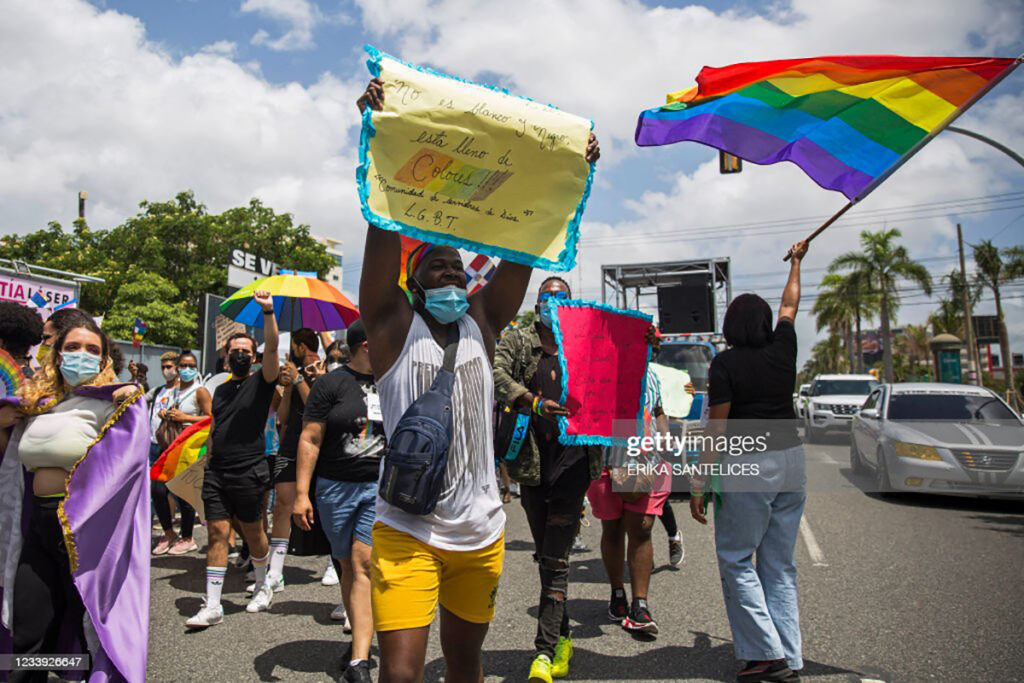By Felicia J. Persaud
News Americas, FORT LAUDERDALE, FL, Fri. June 16, 2023: Is the LGBTQ+ community bigger than the foreign-born immigrant community in the US? Here are five fast facts you should know as we celebrate, National Immigrant Heritage Month, PRIDE Month and National Caribbean American Heritage Month.
1: By The Numbers
The United States has more immigrants than any other country in the world. Today, some 45 million people living in the U.S. were born in another country, accounting for about one-fifth of the world’s migrants, according to the US Census. The population of immigrants is also very diverse, with just about every country in the world represented among U.S. immigrants. For instance, the number of Caribbean immigrants is estimated at 4.8 million of the 40 million.
By contrast, only about 19 million people, or 4.1% of the U.S. adult population, identify as LGBT+, according to the latest estimates from Gallup. UCLA’s Williams Institute in 2011 found that bisexuals accounted for about 1.8% of the total U.S. adult population. Gay men and lesbians are more likely than bisexuals to be “out,” according to the 2013 Pew Research Center survey. Overall, only 28% of bisexuals say that all or most of the important people in their lives are aware that they are LGBT.

2: Where Do They Live?
Nearly half (45%) of the nation’s immigrants live in just three states: California (24%), Texas (11%), and Florida (10%). California had the largest immigrant population of any state in 2018, at 10.6 million. Texas, Florida and New York had more than 4 million immigrants each.
In terms of regions, about two-thirds of immigrants lived in the West, (34%), and South, (34%). Roughly one-fifth lived in the Northeast, (21%), and 11% were in the Midwest.
More Caribbean immigrants call Florida home while the second largest group are in New York City.
The majority of LGBT+ people live in California and Texas as well, with an estimated 2.6 million and 1.7 million respectively. The third largest group live in New York.
3: How Old Are They?
The immigrant population’s median age in 2021 was 47 years, making it older than the U.S.-born population, which had a median age of 37 years. One reason for this difference is that immigrants arrive largely as adults, whereas immigrants’ children born in the United States contribute to the younger median age of the native-born population.
Caribbean immigrants are generally older than both the foreign- and U.S.-born populations. The median age of immigrants from the Caribbean was approximately 50 in 2019, compared to 46 for the overall foreign-born population and 37 for the U.S.-born.
By contrast, many LGBTQ+ people are young adults, ages 18 to 36. A much smaller percentage is 37 to 51, according to Gallup.
4: Income Levels
Immigrant households in 2021 had a median income of $69,622, compared to $69,734 for native-born households. In terms of income and poverty, Caribbean immigrants had a median household income of $52,000.
In 2022, the majority of Americans identifying as LGBT+ made less than $50,000 in household income.
5: Home Ownership
Immigrant homeownership rates in the United States remain below the rate of native-born households – 46.5 percent vs. 62.9 percent), but the gap has fallen from 22.2 percentage points to 16.4 percentage points.
The homeownership rate among those in the LGBT+ community between ages 22 and 72 is 49%, compared to the overall U.S. general population homeownership rate of 65%.
The writer is publisher of NewsAmericasNow.com – The Black Immigrant Daily News. She can be reached at [email protected]










